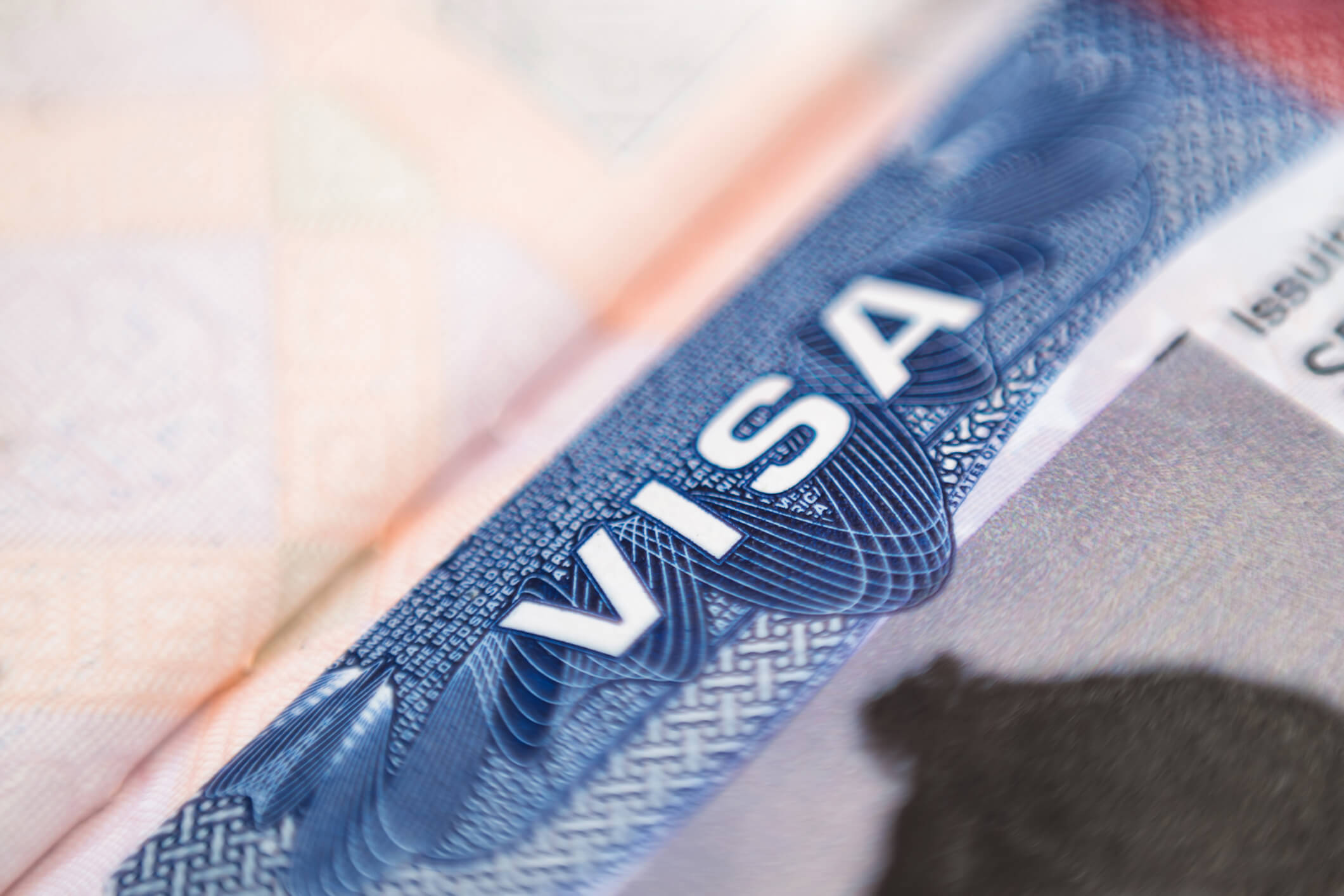The H-1B “cap season” has become an annual event for U.S. employers seeking work authorization for highly skilled foreign professionals. Working months in advance, employers and their attorneys prepare and submit H-1B petitions starting on the first business day in April. These petitions are added to a pool of applications and may be selected for an H-1B visa. U.S. Citizenship and Immigration Services (USCIS) controls the allocation of H-1B visas and accepts petitions until it has received an amount sufficient to reach the statutory limit of 65,000 visas available for new hires—and 20,000 additional visas for foreign professionals who graduated with a master’s or doctoral degree from a U.S. university.
Demand for H-1B visas typically exceeds the supply, so the cap is reached quickly. In recent years, the limit has been reached only a few days after the petition submission period began. Predictably, this result motivated petitioners to file cap petitions on the first possible filing date.
To relieve some of the burdens associated with handling the huge volumes of petitions received on the first filing day, USCIS amended the regulations pertaining to the random selection process on March 24, 2008. The amendment gives employers a five-day filing period to submit their petitions. A rule was proposed to create a pre-April 1 electronic registration process for employers that wish to hire cap-subject H-1B workers, but the rule was never finalized.
So how does USCIS choose which individual petitions are selected? Originally it used a first come, first served method. USCIS then promulgated a rule providing for the random selection of approximately 15–20 percent more visa applications than the regular cap number of 65,000 and approximately 5–10 percent more visa applications than the advanced degree cap number of 20,000. The agency uses a computer-generated random selection process (or “lottery”) to select a sufficient number of H-1B petitions to satisfy the limits. The remaining petitions are simply repackaged and returned to the petitioner.
This randomized lottery system is the focus of a widely publicized class action lawsuit that was filed in the U.S. District Court for the District of Oregon against USCIS on June 2, 2016. The parties in the case, asking for transparency in the system, alleged that the randomized lottery system is “arbitrary and capricious.” The parties want the court to do away with the five-day filing window and random lottery, and implement a type of priority date assignment. They maintain that under the governing law, H-1B petitions must be taken strictly in date filing order and not randomly. The parties say that this would end the “potentially never ending game of chance for petitions filed during a 5 day window each year, with some unlucky individuals trying and failing each year to obtain a quota number, while some lucky lottery winners obtain a visa number in the very first year a petition is filed.” This assertion rings fundamentally fair, but will the solution create more problems in the form of a priority date driven backlog like the ones we experience in the green card availability arena?
Demand is higher than ever, with USCIS receiving more than 236,000 H-1B petitions for fiscal year 2017 alone. With so many cases left unselected—sometimes for years—a fair solution that addresses business needs must be found. Perhaps a fairer solution to the demand has already been proposed; in fact, over the years there have been proposals that include provisions for market-responsive solutions such as increasing the H-1B cap, providing for a flexible market-based escalator each year when there is sufficient demand, and allowing “unused” H-1B visas to fall forward annually.
Still, employers should be aware that the April 1 five-day filing period and random lottery system still stands, and they may want to plan their H-1B cap filings accordingly.
Ogletree Deakins’ Immigration Practice Group will continue to monitor the news surrounding the H1-B cap season and will report on the Immigration blog should USCIS announce any significant changes to its H-1B cap procedures or selection methodology.




